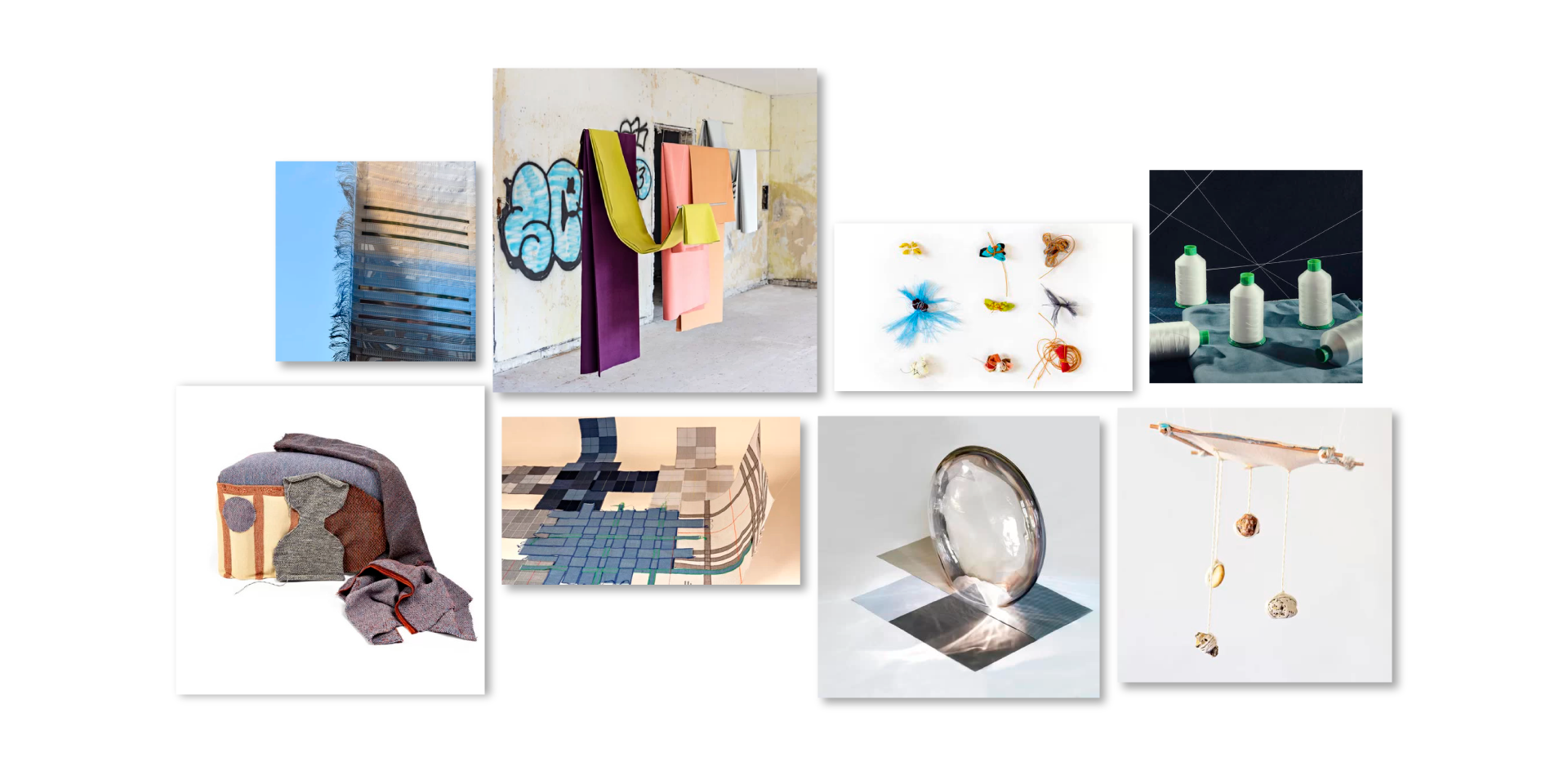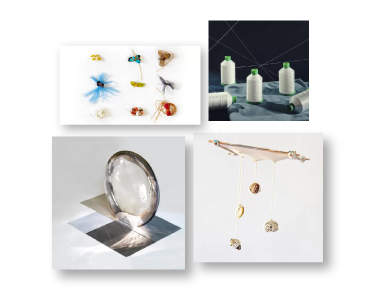HEIMTEXTIL COLOMBIA 24/25 TRENDS
New Sensitivity
HEIMTEXTIL COLOMBIA 24/25 TRENDS: COLORS
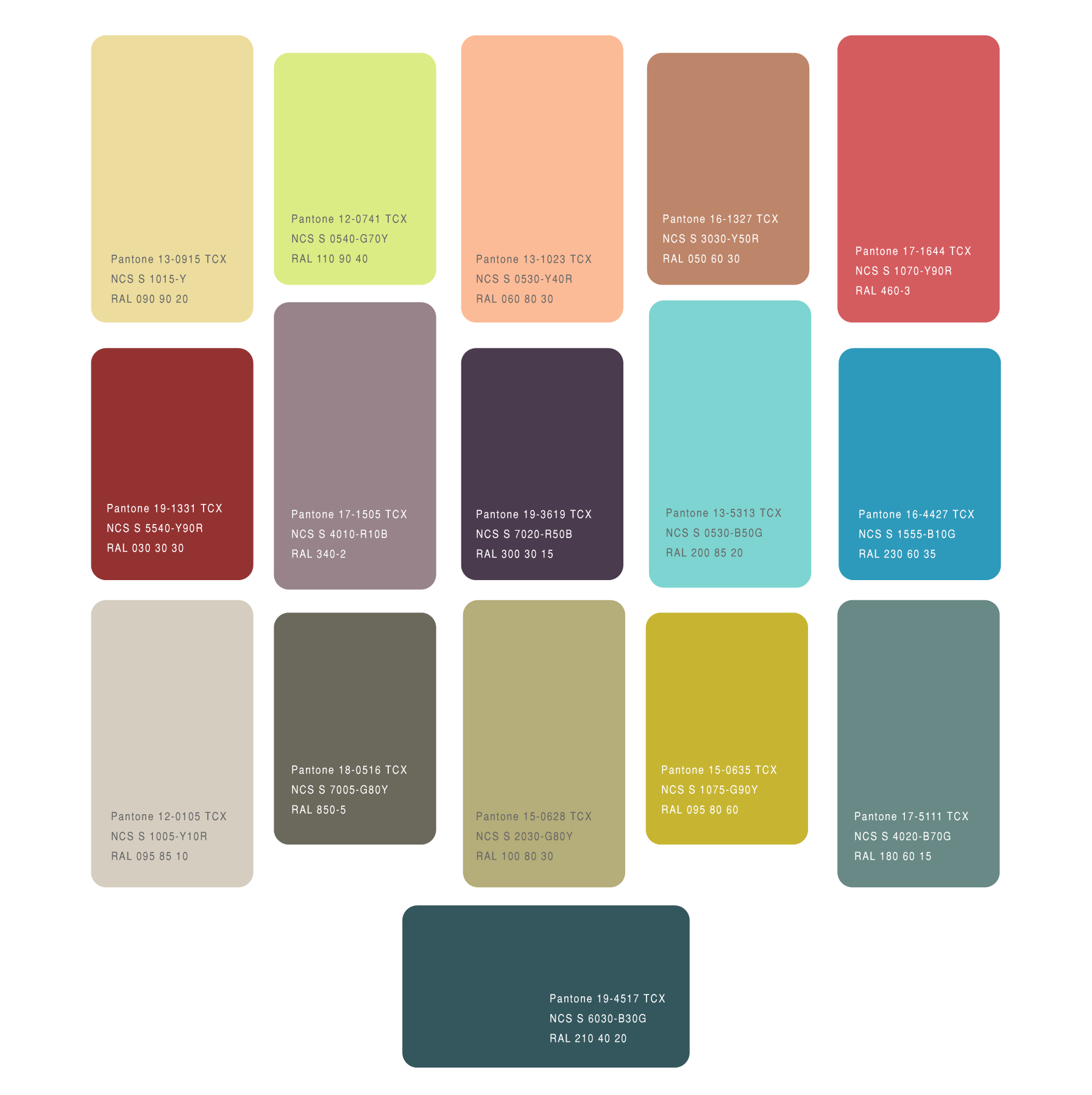

In pursuit of creating colours that evoke emotions in our senses while at the same time respecting our values in protecting the environment, sensitive colouring methods of natural pigments deriving from the earth and new colouring processes of innovative bioengineering technology have created a dynamic yet subtle colour palette for Heimtextil Trends 24/25: New Sensitivity.
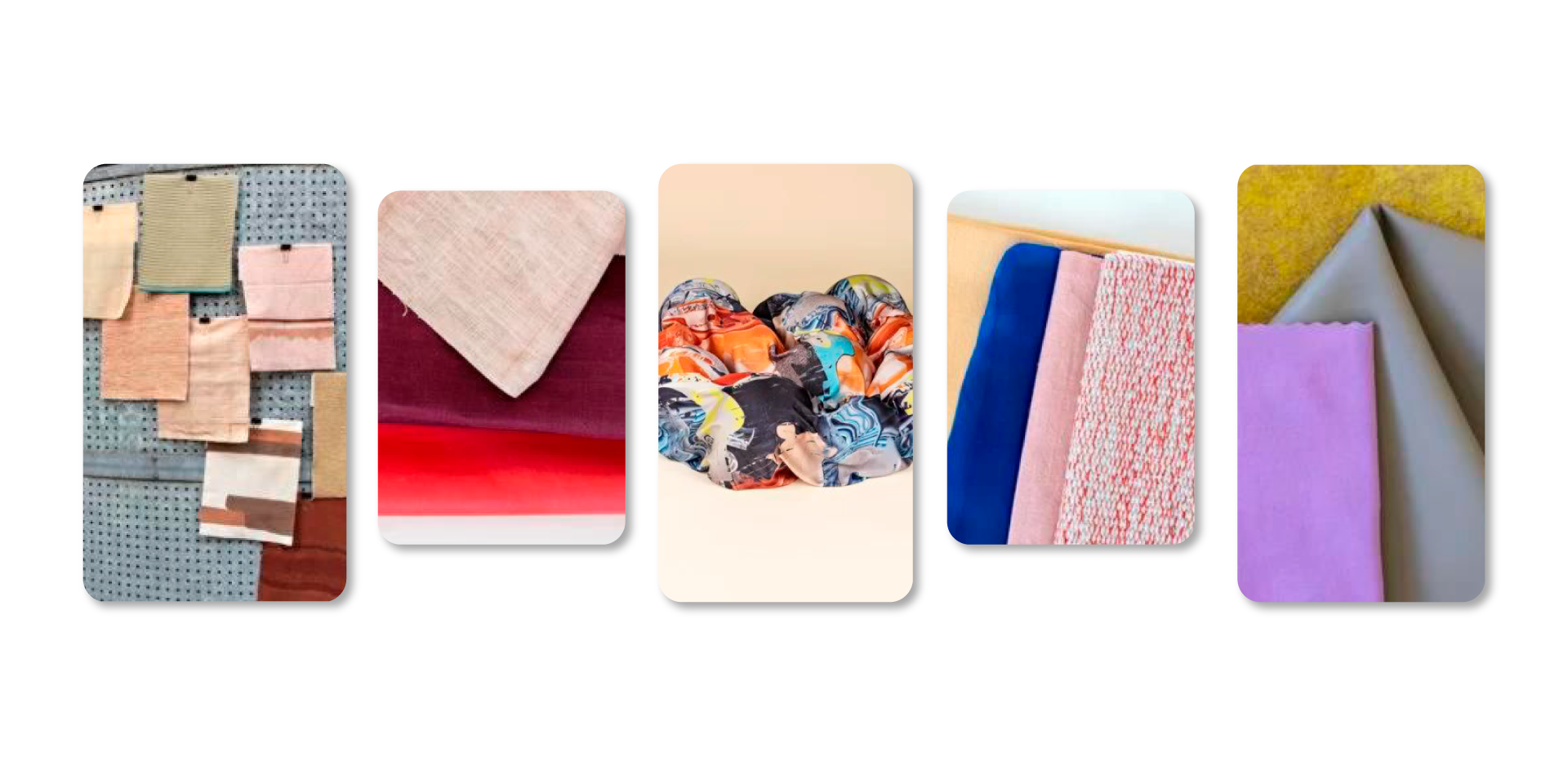
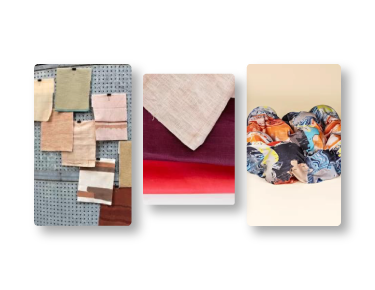
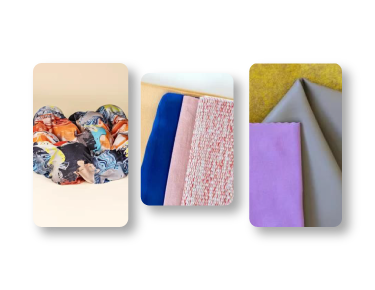
PLANT-BASED TEXTILES
Plant-based textiles mean that the fibres are derived from something that grows rather than being synthetically produced. The sustainable advantage of plant-based textiles is that their origin is natural and, therefore, more eligible to recirculate in existing ecosystems.
Plant-based textiles can be divided into two groups. The first group textiles are made from plant crops like cactus, jute and seaweed. The second group is textiles made of plant by-products which are leftover raw materials from production such as banana, olive, persimmon and hemp.
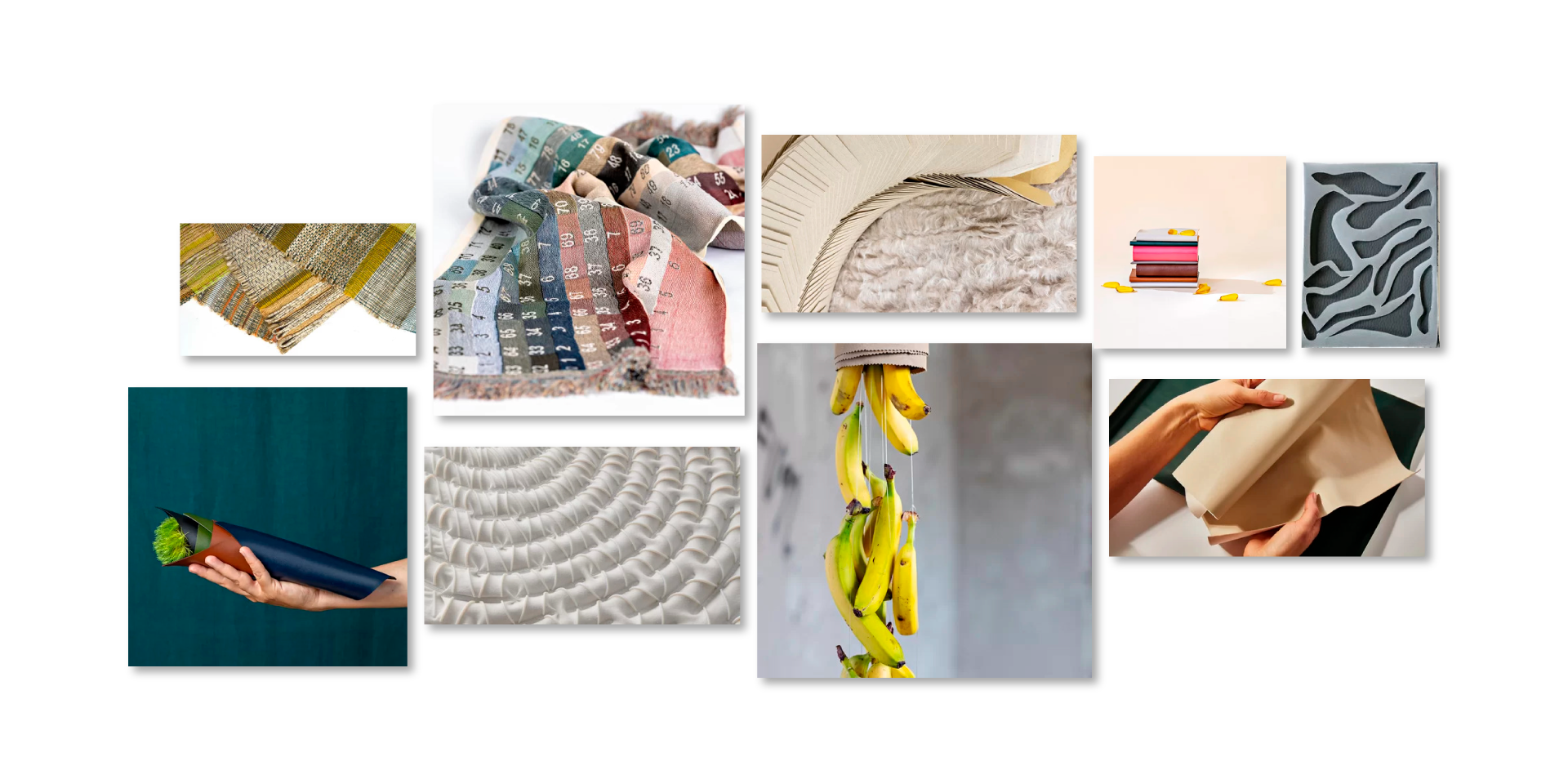
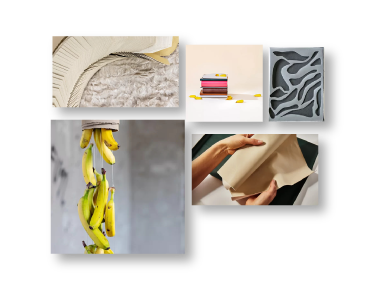
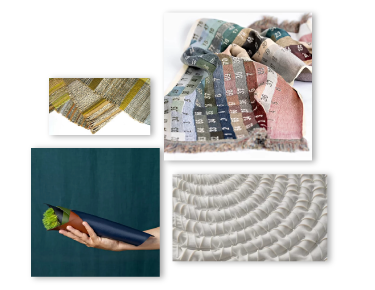
BIO-ENGINEERED TEXTILES
Bio-engineering bridges nature and technology and transforms the way textiles are made. They can be divided into two directions: fully bio-engineered and bio-enhancing biodegrading textiles.
For fully bio-engineered textiles, nature-inspired strategies are adopted in textiles production. Textiles are made from the protein, carbohydrates in corn, grass, and cane sugar, or bacteria. Biodegradable fibres can be added to conventional textiles like polyester to enhance the conventional textiles’ ability to revert to materials found in nature.

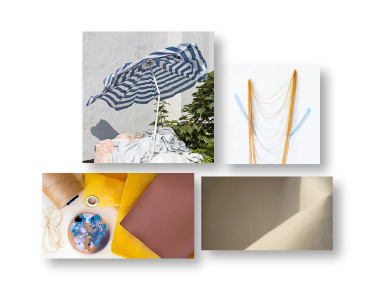

TECHNOLOGICAL TEXTILES
Technology can support the transformation of textiles through different methods: upcycling and recycling of textiles, textile construction and textile design.
Developing technologies for recycling textile waste and methods, or old textile construction techniques are ways to sustainable solutions. Textile Design Thinking is another method that addresses critical issues such as energy usage or durability of natural fibres and enhances these through technological textile advancement.
